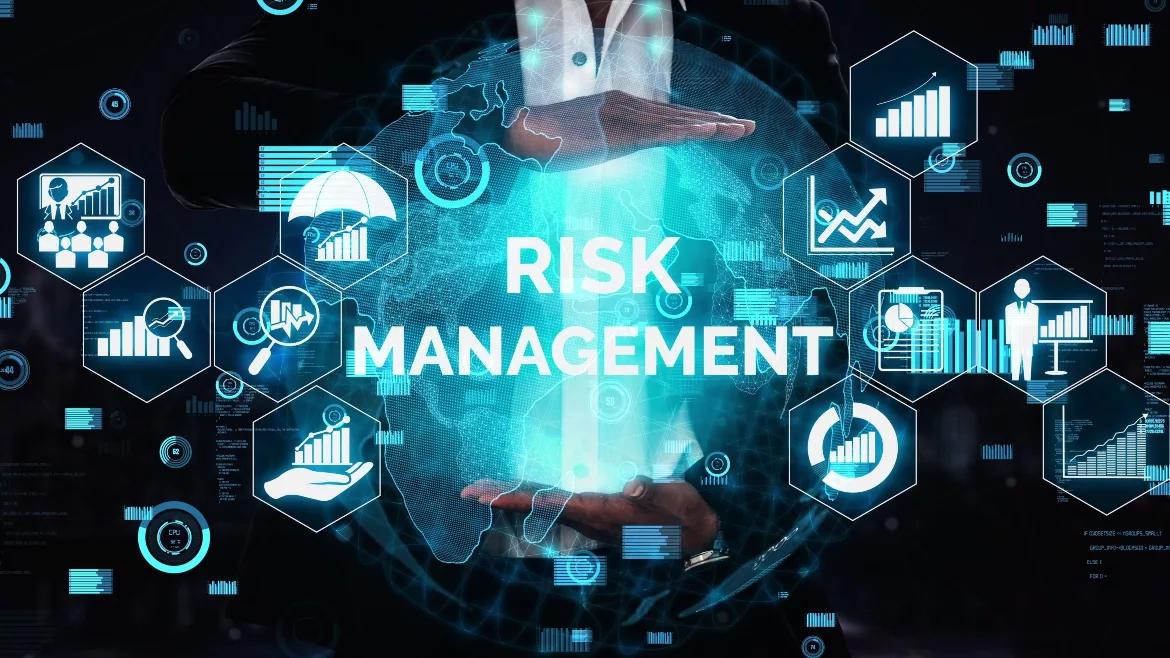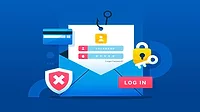Building a risk management program

In today’s world, it’s important for every organization to have some form of vulnerability assessment and risk management program. While this can seem daunting, by focusing on some key concepts it’s possible for an organization of any size to develop a strong security posture with a firm grasp of its risk profile. We’ll discuss in this article how to build the technical foundation for a comprehensive security program and, crucially, the tools and processes necessary to develop that foundation into a mature vulnerability assessment and risk management program.
Build the Foundation
It’s impossible to implement effective security, let alone manage risk, without a clear understanding of the environment. That means, essentially, taking an inventory of hosts, applications, resources, and users.
With the current computing environment, that combination is apt to include assets that reside in the cloud as well as those hosted in an organization’s own data center. Organizations have little control over their remote employees’ devices, who are accessing data on a bring-your-own-device (BYOD) basis, adding another layer of risk. There is also the aspect of software as a service applications (SaaS) that the organization uses. It’s essential to know what data is kept where. With SaaS, in particular, teams must have a clear understanding of who is responsible for the security of the data in contractual terms, so as to allocate resources accordingly.
Manage the puzzle
Once the environment is scoped, managing it relies on three main components: visibility, control, and timely maintenance.
Whether it is software vulnerabilities, vulnerable configurations, obsolete packages, or a range of other issues, a vulnerability scanner will show the security operations team what’s at risk and let them prioritize their reaction. That said, scanners, external or internal, are not the only option. At the high end, a penetration testing team can probe the environment to a level that vulnerability scanners can’t match. At the low end, establishing a process to monitor public vulnerability feeds and verifying whether newly exposed issues affect the environment can provide a baseline. It may not give as deep a picture scanning, or penetration testing, but the cost in SecOps time is often well worth it.
Protecting the users is a major point and doesn’t always get the attention it deserves. Ultimately, that starts with user education and establishing a culture that enhances a secure environment. Users are often the threat surface that presents the greatest risk, but with proper education and attitude they can become an effective layer of a defense depth strategy.
Another important step to protecting users is adding multi-factor authentication (MFA). In particular, those that require a physical or virtual token tend to be more secure than those that rely on text messaging or email. While MFA does add a minor annoyance to a user’s login, it can drastically reduce the threat posed by compromised accounts and reduce the organization’s overall risk profile.
User endpoints are another area of concern. While the default endpoint protection included in the main desktop operating systems (Windows and MacOS) are quite effective, they are also the defenses every malware writer in the world tests against. That makes investment in an additional layer of endpoint protection worthwhile.
The last major piece here is a patch management program. This requires base processes that not only manage the patch process, but also the assets themselves. Fortunately, there are multiple tools available that can enhance and automate the process, and a regular patch cycle can have vulnerabilities fixed before they are even developed into exploits.
Ideally, the patch management process includes a change management system that’s able to smoothly accommodate emergency situations where a security hotfix must go in outside the normal window.
Pulling it all together
With the foundation laid, the final step involves communication. Simply assessing risk is not useful if there is no reliable way to organize people to act on it.
Bridging the information security teams, who are responsible for recognizing, analyzing, and mitigating threats to the organization, and the information technology teams, who are responsible for maintaining the organization’s infrastructure, is vital. Whether an organization achieves this with a process or a tool is up to them. But in either case, communication is vital, along with an ability to react across teams. This applies to non-technical teams as well — if folks are receiving phishing emails, security operations should know.
These mechanisms need to be in place from the executive offices down to the sales or production floor, as reducing risk really is everyone’s responsibility. Moreover, the asset and patch management system needs a mechanism to prioritize patches based on business risk. Unless the IT team has the resources to deploy every single patch that comes their way, they will have to prioritize, and that prioritization needs to be based on the threat to business rather than arbitrary severity scores.
An Investment
There is no “one size fits all” solution for risk assessment and management. For example, for a restaurant that doesn’t accept reservations or orders online, a relatively insecure website doesn’t present much business risk. While it may be technically vulnerable, they are not at risk of losing valuable data.
On the other hand, a stealth startup with sensitive and intellectual property could find a breach catastrophic. For them, strong security measures are a vital investment. The key is to ensure you’re investing in the tools your business needs to remain resilient in the face of a new challenge.
This article originally ran in Today’s Cybersecurity Leader, a monthly cybersecurity-focused eNewsletter for security end users, brought to you by Security magazine. Subscribe here.
Looking for a reprint of this article?
From high-res PDFs to custom plaques, order your copy today!







